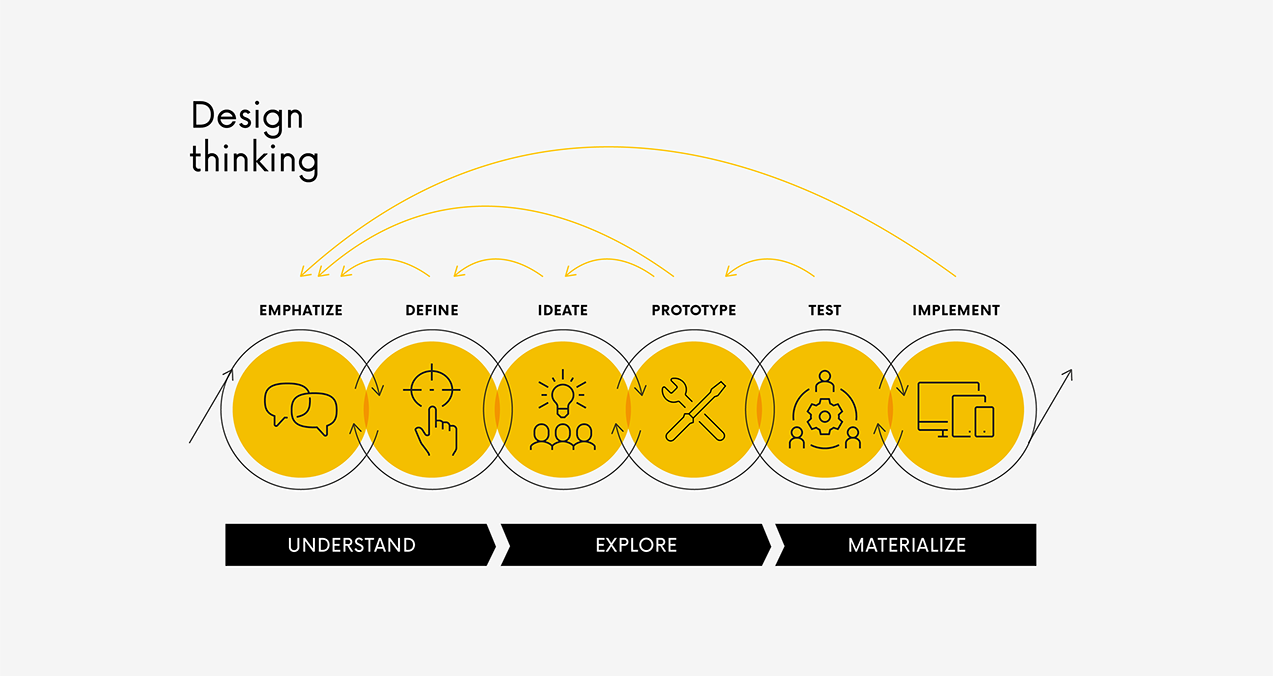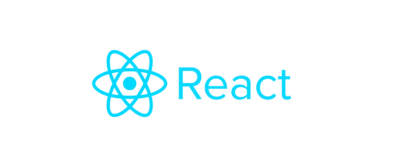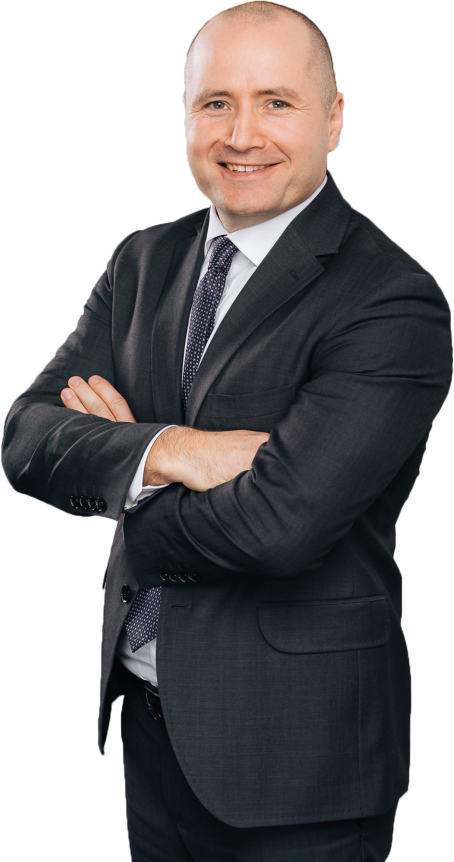This website uses cookies so that we can provide you with the best user experience possible. Cookie information is stored in your browser and performs functions such as recognising you when you return to our website and helping our team to understand which sections of the website you find most interesting and useful.

Customer
Sano Science is an International Research Institute dedicated to the advancement of computational medicine. They are developing sophisticated computer methods for preventing, diagnosing and treating diseases in order to meet the worldwide need for efficient, effective and streamlined healthcare.
Challenges
The project’s main goal is to develop tools to improve the quality of patient treatment using so-called QR quality registries. The starting point for data collection is the development of a wizard allowing the creation of on-demand medical registries to store all information about various patient conditions.
The creation of a tool with the help of the latest technology would impact the development of medicine and faster diagnosis of patients. The project’s challenges include analyzing a massive amount of patient data, migrating the system to the cloud, and protecting patient privacy.
Solution
We used product discovery workshops to understand user needs and business process flows. These techniques helped us tailor solutions to the client’s real needs. We examined complex business processes to identify key events and create a preliminary product concept.
Workshops helped us to create comprehensive project documentation, which included a functional description of modules, user roles, the system’s architecture, technological recommendations, and a register of project risks.
In the next stage, we made a prototype of the system—we developed a registry editor module. It helps the client to create forms for quality registers. The prototype also included a preview of such a form to demonstrate how the form could be filled out by, for example, a doctor or patient.

Results
The client was very satisfied with the cooperation, and the product is in development. Ultimately, it will be introduced to Polish hospitals, and the license for its use may be sold outside Poland.
From the customer
The quality of services provided was at the highest possible level. Innovation and proactivity were noticeable throughout the cooperation. The team was competent and professional, which contributed significantly to the successful course of the project.

Technologies


Design, Development, DevOps or Cloud – which team do you need to speed up work on your projects?
Chat with your consultation partners to see if we are a good match.







